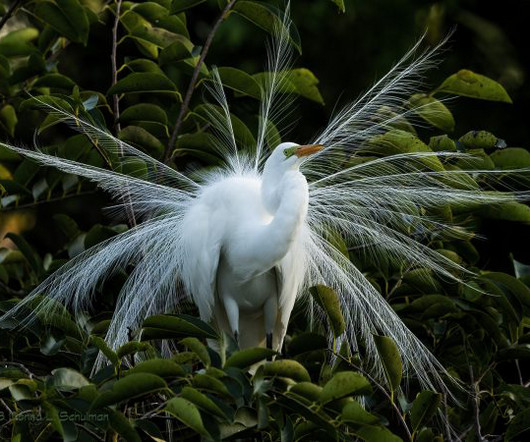Mrs Pankhurst’s Purple Feather–A Book Review
10,000 Birds
JUNE 4, 2019
Women’s hats, specifically, a significant sartorial symbol of class and status in the late 19 th and early 20 th centuries. This mass avian exploitation, amazing and repugnant, ultimately met its end through separate campaigns in the United States and Great Britain, each led by women, mostly upper-middle class women.











Let's personalize your content